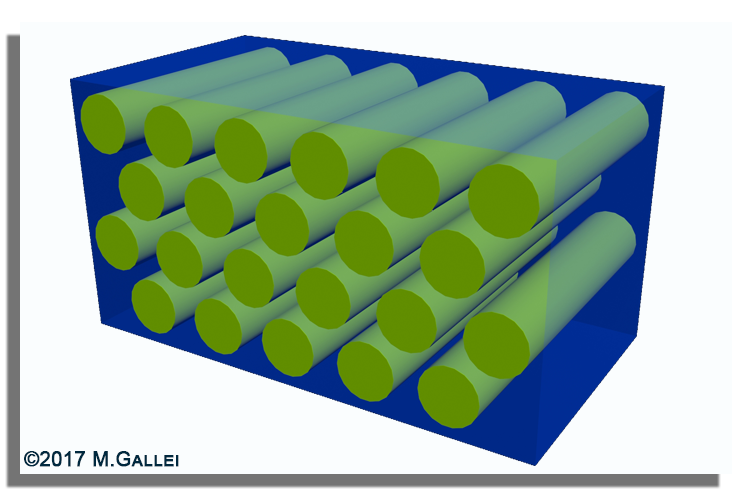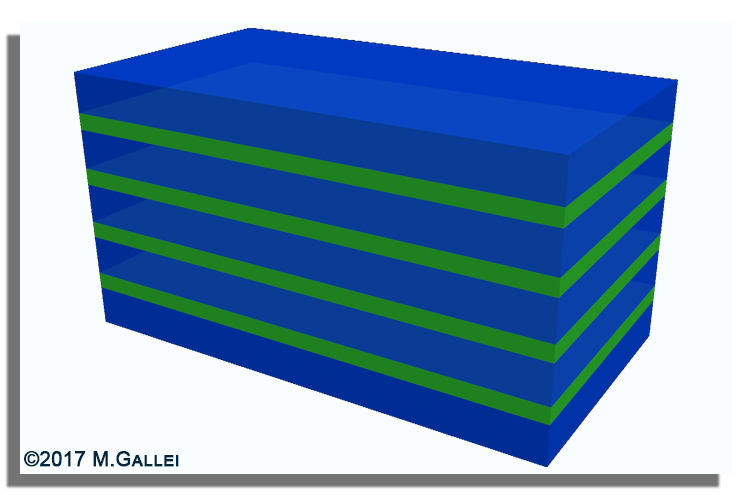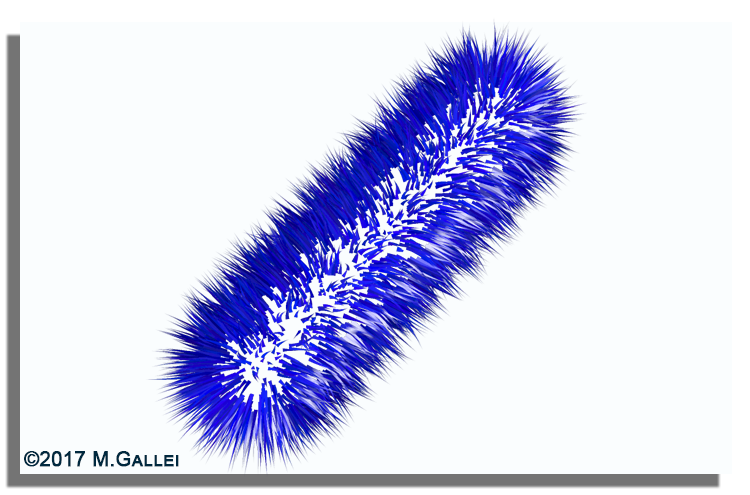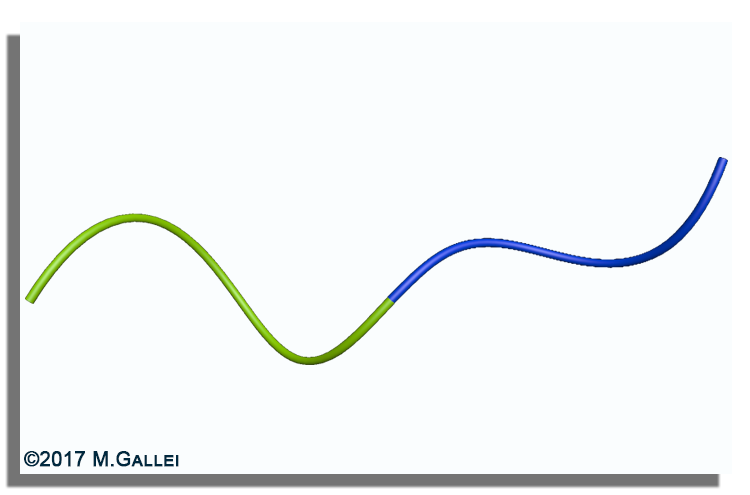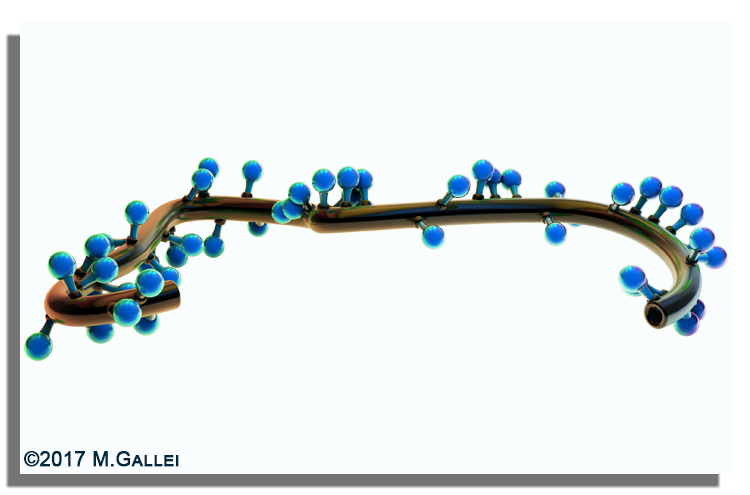Functional polymers featuring different architectures, e.g. (co)polymers, grafted polymers, block copolymers or polymers immobilized on various surfaces are a technologically highly relevant material platform. For instance, block copolymers consist of two or more polymer segments covalently connected to each other and attracted enormous attention due to their unique capability of undergoing microphase separation in the bulk state or for self-organization in (selective) solvents.
In this regard a plethora of nanostructures comprising spheres, cylinders, lamellae, co-continuous, and other structures as well as porous structures could be obtained. Nowadays, there are already many applications for block copolymers ranging for instance from the fields of nanolithography to drug delivery to separation technologies.
Furthermore, such polymers can be designed to consist of so-called stimulus-responsive polymers, i.e., polymers which are capable of changing their conformation and solubility or even break or form covalent bonds caused by different external triggers such as the change of temperature, pH value, light, redox reagents, or electrical field.
In general, controlled and so-called “living” polymerization strategies are promising routes for the preparation of various polymer architectures leading to precisely defined polymer-based materials.
Our group takes advantage of different polymerization techniques in order to tailor the polymer structure and the final material properties. Some of these techniques are anionic, cationic, controlled radical (ATRP, RAFT, NMP), ring-opening metathesis polymerization as well as polymerization in dispersion or emulsion, and grafting to, grafting through or grafting from approaches.
Exemplary references:
- Appold, M.; Mari, C.; Lederle, C.; Elbert, J.; Schmidt, C.; Ott, I.; Stühn, B.; Gasser, G.; Gallei, M. Multi-stimuli responsive block copolymers as a smart release platform for a polypyridyl ruthenium complex. Polym. Chem. 2017, 8, 890-900.
- Scheid, D.; von der Luhe, M.; Gallei, M. Synthesis of Breathing Metallopolymer Hollow Spheres for Redox-Controlled Release. Macromolecular rapid communications 2016, 37, (19), 1573-1580.
- Rüttiger, C.; Pfeifer, V.; Rittscher, V.; Stock, D.; Scheid, D.; Vowinkel, S.; Roth, F.; Didzoleit, H.; Stühn, B.; Elbert, J.; Ionescu, E.; Gallei, M. One for all: cobalt-containing polymethacrylates for magnetic ceramics, block copolymerization, unexpected electrochemistry, and stimuli-responsiveness. Polym. Chem. 2016, 7, 1129-1137.
- Rüttiger, C.; Mehlhase, S.; Vowinkel, S.; Cherkashinin, G.; Liu, N.; Dietz, C.; Stark, R. W.; Biesalski, M.; Gallei, M. Redox-mediated flux control in functional paper. Polymer 2016, 98, 429-436.
- Rüttiger, C.; Appold, M.; Didzoleit, H.; Eils, A.; Dietz, C.; Stark, R. W.; Stühn, B.; Gallei, M. Structure Formation of Metallopolymer-Grafted Block Copolymers. Macromolecules 2016, 49, (9), 3415-3426.
- Behzadi, S.; Gallei, M.; Elbert, J.; Appold, M.; Glasser, G.; Landfester, K.; Crespy, D. A triblock terpolymer vs. blends of diblock copolymers for nanocapsules addressed by three independent stimuli. Polym. Chem. 2016, 7, (20), 3434-3443.
- Schmidt, B. V. K. J.; Elbert, J.; Scheid, D.; Hawker, C. J.; Klinger, D.; Gallei, M. Metallopolymer-Based Shape Anisotropic Nanoparticles. ACS Macro Letters 2015, 4, (7), 731-735.
- Rittscher, V.; Gallei, M. A convenient synthesis strategy for microphase-separating functional copolymers: the cyclohydrocarbosilane tool box. Polym. Chem. 2015, 6, (31), 5653-5662.
- Schmidt, B. V. K. J.; Elbert, J.; Barner-Kowollik, C.; Gallei, M. Individually Addressable Thermo- and Redox-Responsive Block Copolymers by Combining Anionic Polymerization and RAFT Protocols. Macromol. Rapid Commun. 2014, 35, 708-714.
- Staff, R. H.; Gallei, M.; Mazurowski, M.; Rehahn, M.; Berger, R.; Landfester, K.; Crespy, D. Patchy nanocapsules of poly(vinylferrocene)-based block copolymers for redox-responsive release. ACS Nano 2012, 6, 9042-9049.


